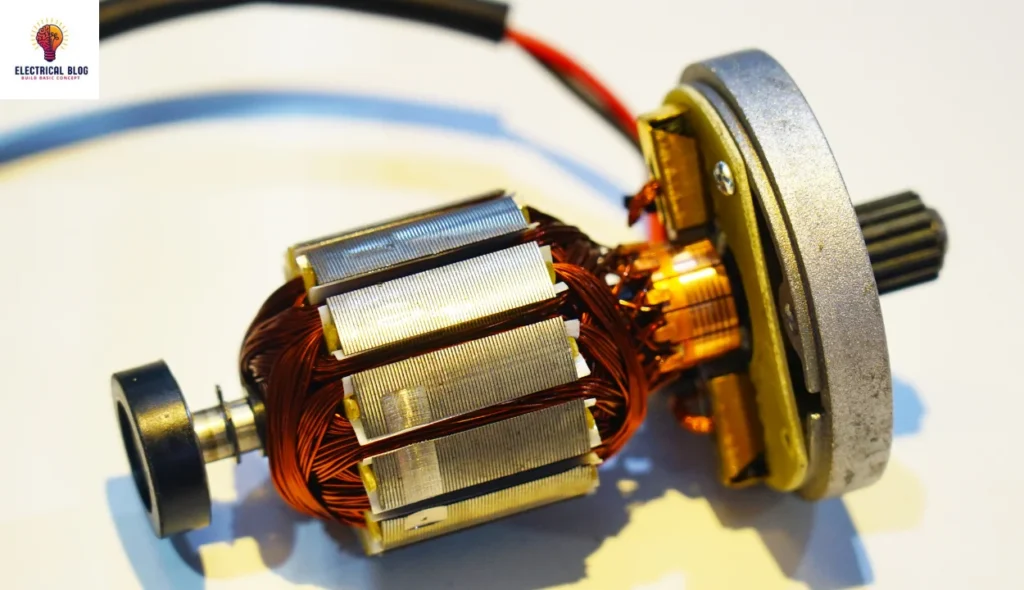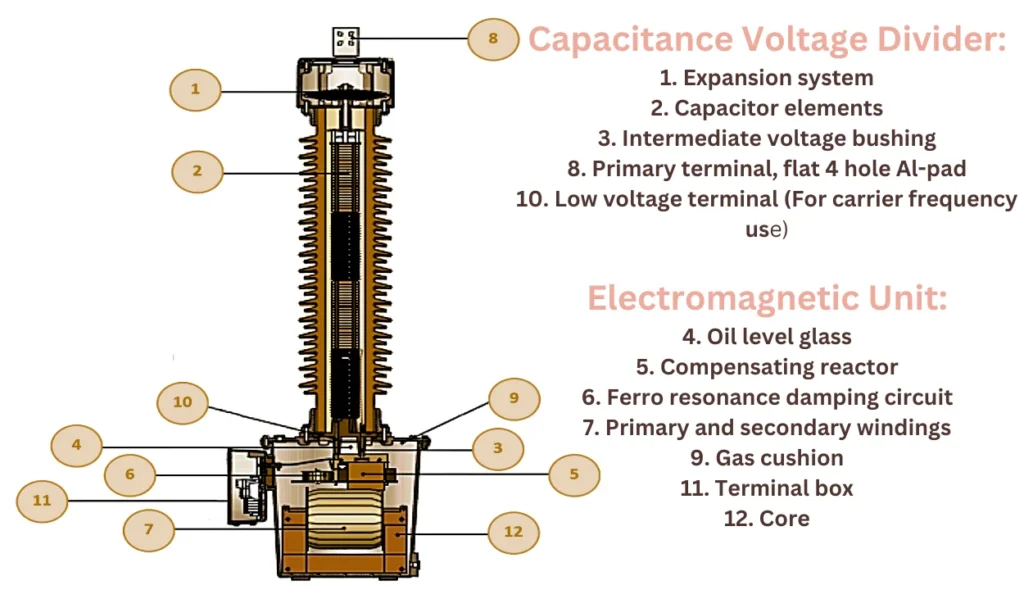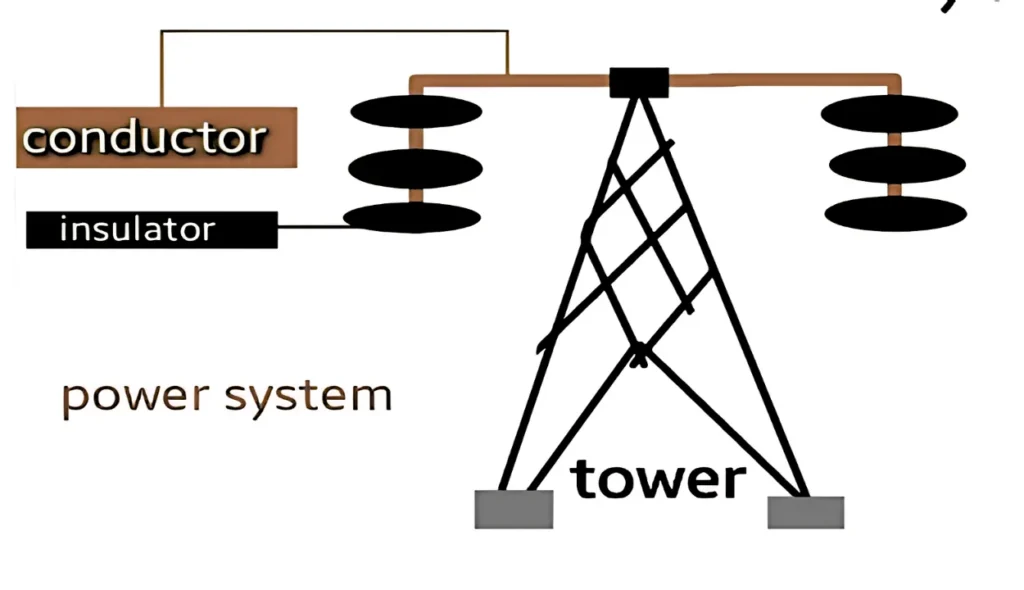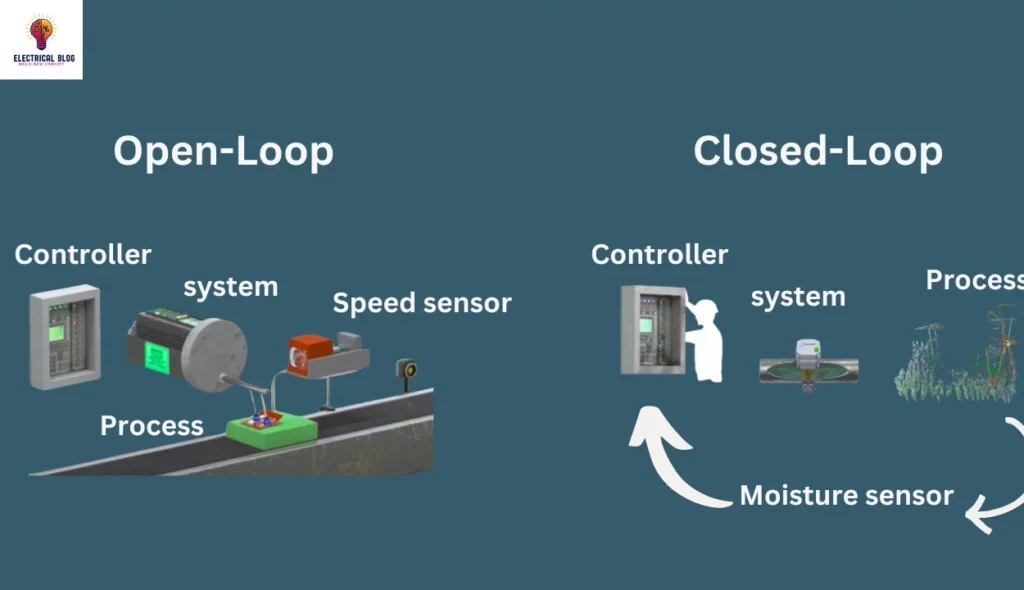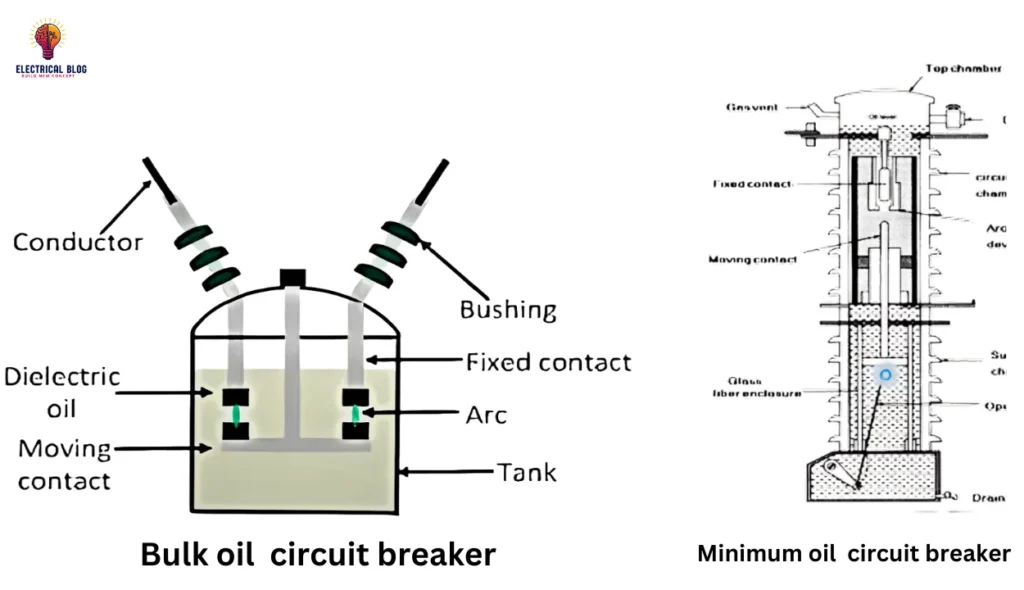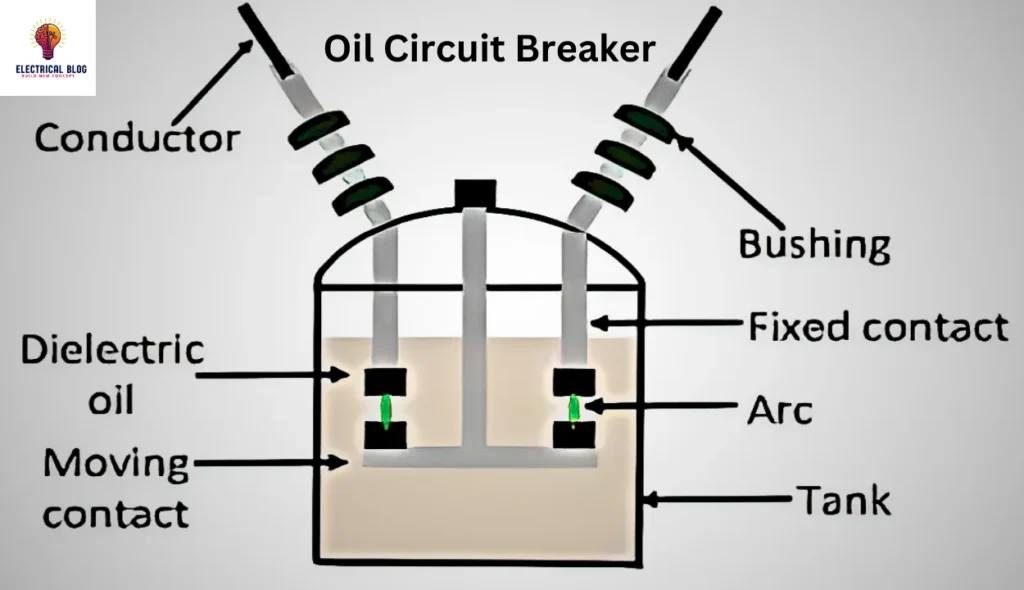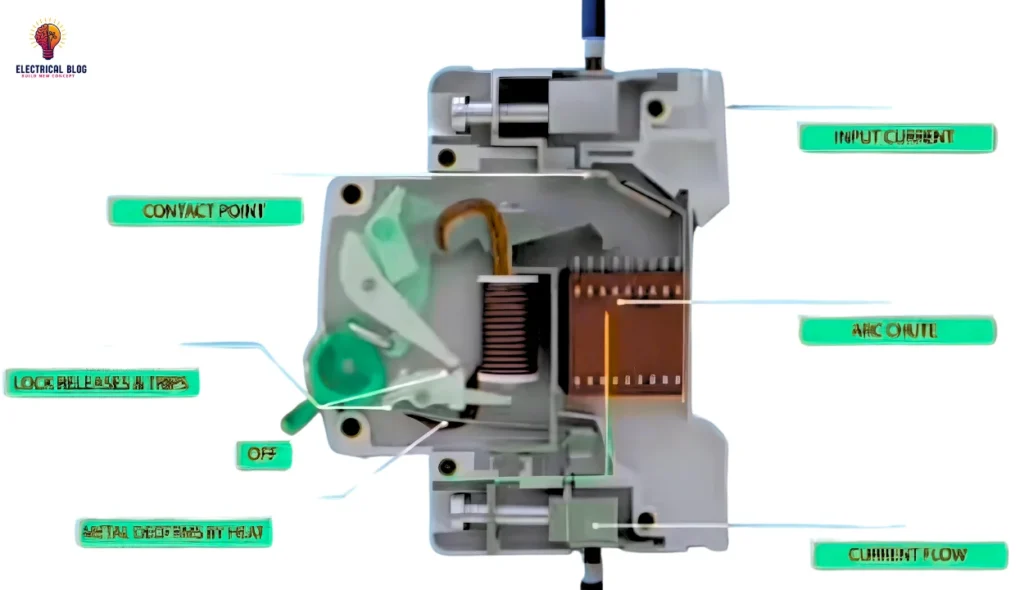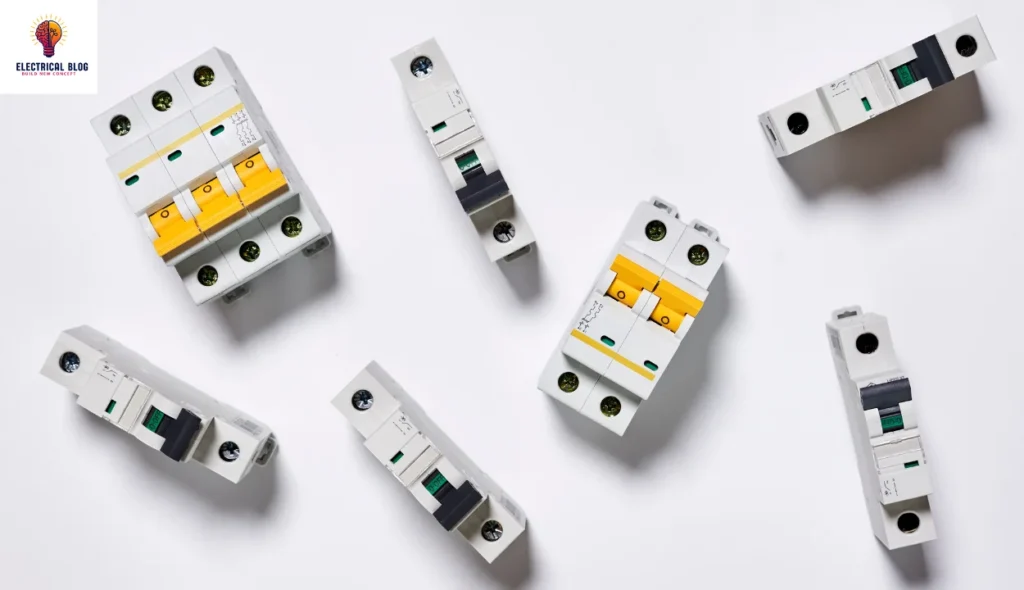Permanent Magnet Motors: Efficiency and Applications
Introduction Permanent magnet motors (PMMs) are now essential in electrical engineering. They are used in cars and industries. These compact powerhouses use magnetic fields from fixed magnets. They are very efficient and reliable. Their widespread adoption across sectors underscores their crucial role in modern technology. This eliminates the need for external field excitation. This article […]
Permanent Magnet Motors: Efficiency and Applications Read More »

